How to Structure a Speech for Kids
9 February 2023
The task of writing a speech can be especially daunting. For young public speakers, often it is the first time that kids have ever had to write a piece that is intended to be listened to rather than read by their audience. On top of this, the task of finding a topic and turning it into a speech that your child feels comfortable presenting can be very overwhelming (especially when tackled all at once).
That’s why one of the best things a young public speaker can learn is how to structure their speech. As parents, knowing how to structure a speech for kids can take the task of speech writing from overwhelming and intimidating to fun and enjoyable. All you need to know is the purpose of a speech structure, the different parts of a speech, and ways to use a speech structure for kids. Luckily, all of these aspects are covered in today’s blog, so be sure to read on!

Want to learn more ways to improve at public speaking? Check out our seven key tips here!
The purpose of speech structure for kids
There are a few important reasons why we structure our speeches as public speakers.
It makes it easier for the audience (and ourselves) to listen and understand
Writing something that is meant to be presented and listened to is very different to writing something for your class teacher to read. The main reason why kids need to know how to structure their speeches is to ensure that the speech is clear and easy to follow for the audience. With a well-structured speech, the audience can more easily follow along and understand its key points.
Why do audiences prefer to hear a structured speech?
Well, it’s all about flow. If the speech has a clear structure and transitions between each of its major points that are easy to follow, then this creates a ‘flow’ effect for the audience which can keep them engaged in what you have to say.
Furthermore, if your speech is structured correctly then it can be more convincing, as it will make your main points appear even stronger and more impactful.
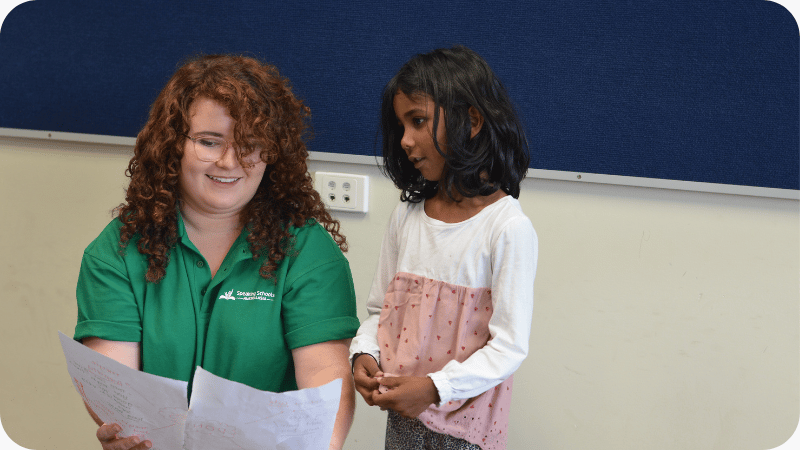
It helps us focus our content
When you’re writing a speech, knowing how to structure it can help you to stay focused on the key messages that you want to communicate. Having an effective structure in place means that you can break your speech down into its major points, and then develop these in further detail.
This takes the guesswork out of deciding what details to include and which points should be omitted. With an effective structure in place, it can also help you to determine how long each section of your speech should be.
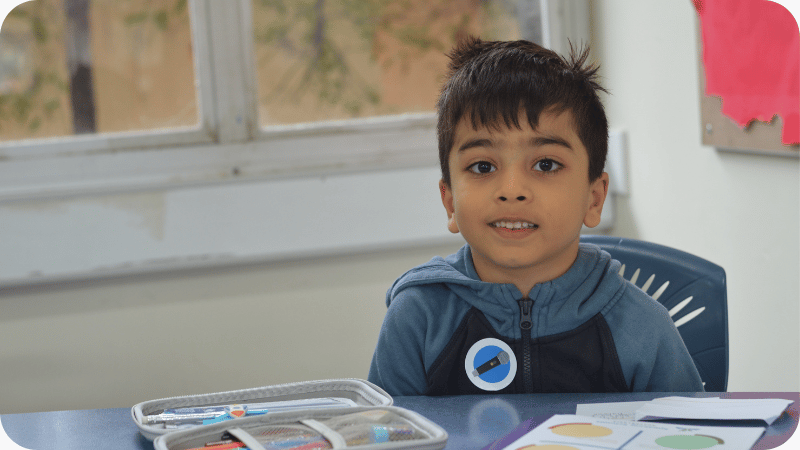
It can reduce procrastination and make speech writing easier to begin
Sometimes the most disappointing experiences for kids in public speaking come from the feeling that they were not fully prepared or wrote their speech too late to practice.
If you can relate to this – don’t worry! It’s a more common issue than you may think.
A lot of the time, the task of sitting down to write a speech is overwhelming because there are so many elements. The tasks involved include brainstorming ideas, researching, writing, checking the length, rehearsing, adding hand gestures, and even editing! If you add the fact that lots of kids are full of ideas to include in their speech, or struggling to come up with any ideas at all, you have the perfect storm for putting off the job of writing the speech altogether! So – how can having a speech structure in mind help this?
Want to learn more about coming up with exciting topics? Check out our blogs on picking the perfect speech topic and 101 incredible public speaking topics to see how to use your passion to make your next presentation even more engaging!

It makes speech writing faster
This is because having a structure to follow is like having a recipe. It reduces the feeling of having to come up with all the elements from scratch and can allow kids to focus on filling in the blanks with content that they’ve gathered while researching.
It also reduces anxiety. Having a structure can be helpful in reducing the anxieties of public speaking. It can help the speaker to know where they’re going in their speech, instead of feeling like they’re “winging it”.
It also makes it faster because it allows kids to work on one part of the speech at a time – if they are really stuck on their introduction they can move on to a body paragraph instead!
Now that we understand the purpose of speech structure for kids, let’s look at the different parts of a speech and how to go about structuring them.

The different parts of a speech
The first step towards having an excellent speech structure is to understand the different parts of a speech. Lots of people know that speeches can be broken down into their introduction, body, and conclusion. But did you know that each of these three parts can be further broken down as well? That’s why it’s important to know that there are two main types of structure in a speech: macrostructure and microstructure.
What is a macrostructure?
A macrostructure is the broader framework of a speech. This is the structure that most people are familiar with: the introduction, body, and conclusion.
An example of speech macrostructure for kids could be:
- Introduction
- Body Paragraph 1
- Body Paragraph 2
- Body Paragraph 3
- Conclusion
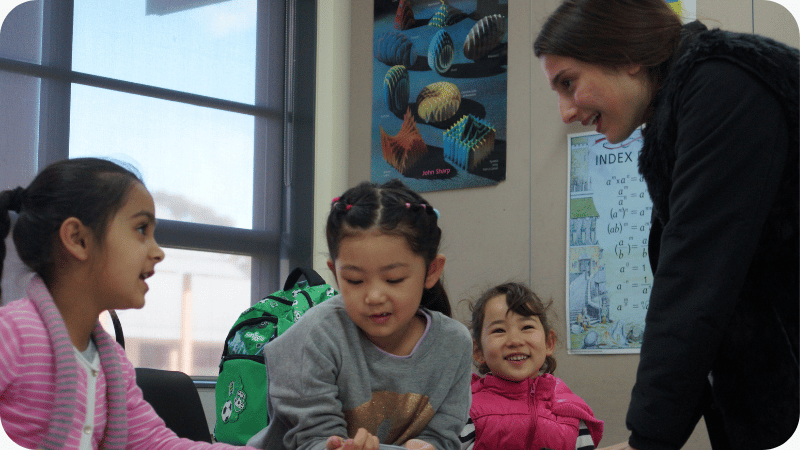
What is a microstructure?
A microstructure is an individual scaffold or framework that can be used for each of the main parts of the speech. It is a smaller structure for each individual part. The microstructure includes all the elements like evidence, examples, explanations, and links to your main topic. You can have a microstructure for your introduction, a microstructure for your body paragraph, and a microstructure for your conclusion!
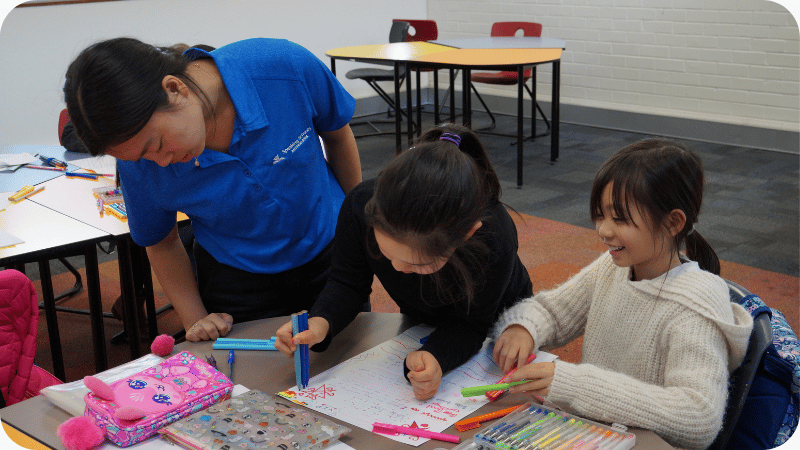
How to structure a speech introduction for kids
The introduction of a speech is one of the most important parts. It sets the tone for the rest of your content and should be memorable. An effective introduction will pique the audience’s interest, give them an idea of what the speech will be about, and provide a roadmap for them to follow. It should also give an overview of the main points that you’ll cover in the body paragraphs.
There are a couple of different ways to structure an introduction for kids’ speeches. One great structure you can use is ‘CATS’.
C: Catchy Opening
A: Address the Audience
T: Introduce the Topic
S: Summary of Points
This four-step recipe for an introduction covers all the important bases that are needed in a presentation. It’s also great because it reminds kids to grab the audience’s attention with something catchy before starting their other introductory work!
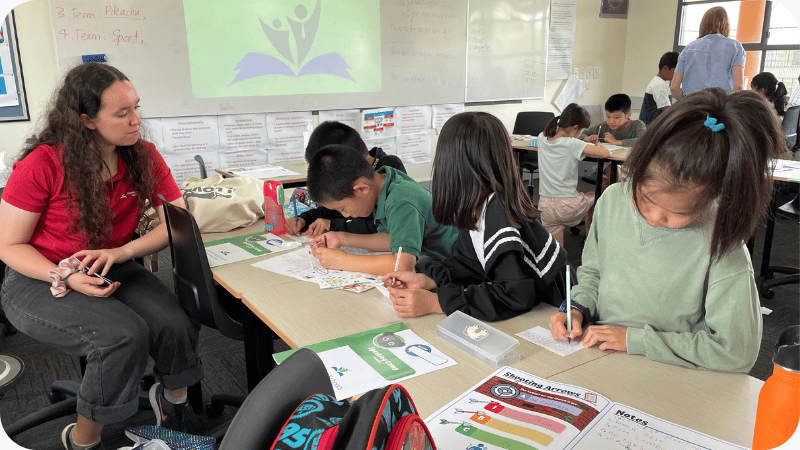
How to structure a speech body paragraph for kids
Body paragraphs are the heart and soul of a speech. They allow each individual idea to be neatly and thoroughly explored in a way that makes sense to the audience before you move on to the next idea. Typically, kids will have three body paragraphs in their speech, but this number can change depending on age and topic area!
A great structure for body paragraphs is PEEL.
P: Point – Introduce the main point you are discussing
E: Explain – Explain and expand on your point
E: Example – Provide an example to support your explanation
L: Link – Link the point back to the main topic
PEEL is a much-loved structure that is used in lots of different writing tasks for kids. It’s important to remember when using this structure for a speech that your overall purpose is to write something for people to listen to, not to be read on a page. This can influence our word choices and sentence length – so make sure to keep in mind that you want your speech to be engaging and exciting!
If you want to learn how to use PEEL for a kid’s presentation, you can check out our video below.
How to structure a speech conclusion for kids
Structuring a speech conclusion can be difficult, especially because there is lots of confusing advice out there! Have you ever heard that a conclusion should be your introduction restated? Or that a conclusion should be 50% of the instruction plus a call to action? It can be hard to know which tips are right, but luckily there is one easy-to-remember structure that will help kids to get their conclusion just right.
The ‘ESC’ Structure is perfect for kids’ speech conclusions.
E: Ending Phrase – Use a strong, memorable closing phrase
S: Summarise – Summarise the main points of your speech
C: Call to Action – Give a call to action or thought-provoking question
The ESC Structure is great because it is easy to remember and can be adapted to different speech topics.
If you want to learn more about ESC, check out our videos below.
How to use a speech structure for kids
Now that you know exactly what a speech structure for kids looks like – how should you use it?
Take time to understand the structures
The best way is to help your child learn about these structures and what they mean. The most meaningful part of the experience of using a speech structure for kids is helping your child to understand why each individual element is important and what it should look like when it is completed.
Practice, practice, practice!
The best way to make sure that your child is ready to use their speech structure when they give their presentation is to practice, practice, practice!
When they are practising, make sure that they use the PEEL and ESC structures as a guide. This will help them to understand how their individual points fit into the bigger picture and give them the confidence they need to deliver an effective speech.
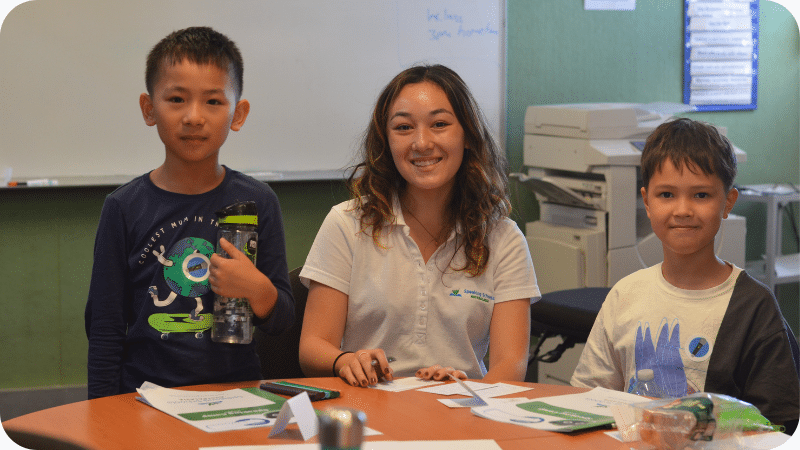
Want to learn more about how to make an amazing presentation? Check out our blog to find out how!
Ask someone for guidance
It’s okay if your child doesn’t understand the structure on the first try! There are lots of ways to learn, and the process of practising is the best way. It may take a few practice runs to understand how to use the structure.
One of the best ways for kids to learn how to use a speech structure is to have them work with a teacher or coach who is experienced with the structure and knows how it works. Our public speaking courses are specially designed to introduce these structures at a level that is appropriate for your child’s age and experience level.
Kids are able to join our public speaking coaches online via Zoom or in person both after school and during the school holidays to learn all about public speaking, including how to structure a speech. Our classes all come with handy materials and workbooks that clearly have the structures laid out for kids to use with worked examples to help their understanding.
Check out our video below to find out more about our public speaking classes and how they can help your child.
Having a structure for kids to use when they are writing and delivering their speech is an important tool that will help them to communicate effectively. The CATS, PEEL and ESC Structures are some of the most popular structures used today, and it is easy to teach your child how to use these tools with practice and the guidance of experienced public speaking coaches. With these structures, your children will be able to deliver a memorable and impactful speech!
Remember: practice makes perfect. So grab a workbook, sit down with your child and get ready to explore the world of public speaking! Good luck!
Ready to help your child unleash their inner speaker? Check out our public speaking courses and get started today!



